The Atari VCS – Part Two
What is the Atari VCS? Why is there a new console available with a forty-year-old name and design? At UGP we found the concept of the new Atari VCS compelling, making us look back at the history of the Atari brand.
For part two, we move away from those early consoles and into the company’s middle years…
Atari’s Legacy of Technology Superheroes
It is sometimes shocking to realise just how intertwined all those early Silicon Valley companies were. Atari was at the centre of a web of connections and was at some point home to some of the finest minds in computer history.
Nolan Bushnell once employed a young man called Steve Jobs to work at Atari to develop games like Breakout. Steve Jobs called in his friend Steve Wozniak to help, but eventually, the two of them decided to make their own computers instead and Apple was born.
Meanwhile, Jay Miner had developed the chipset that gave the (at the time) impressive graphical capability to the Atari 2600 and the 400, 800 and 5200 that followed it. Sometime later, Miner was to leave and start to work on a different project. Called ‘Lorraine’ at the start, this console concept morphed and changed until it became the Amiga.
While nearby, Jack Tramiel was having problems with Commodore’s shareholders and decided to leave his own company to begin anew. When he saw Warner Communications putting the dying Atari up for sale, he knew he had to have it.
It was January 1984. Jobs and Wozniak were launching the Apple Macintosh and Miner and colleagues were developing a 16-bit system to be the future of gaming. Tramiel wanted in.
Atari’s Amiga
In the background more was going on. Amiga Corp had gone to Atari in 1983 to finance the end stages of the Amiga which gave Atari exclusive rights to the design for a year. When they heard that Tramiel was looking to buy Atari, Amiga panicked—they didn’t want Tramiel’s potential new Atari owning their computer, and so they went to the one company that might be willing to help: Commodore.
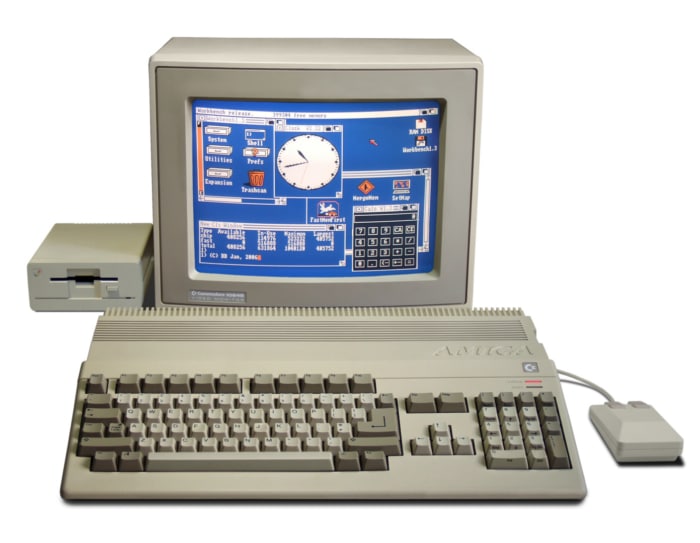
With a cheque for half a million dollars, Commodore effectively bought Amiga Corp from under Atari’s nose, just as Tramiel was finding out that this new groundbreaking computer with the potential to fight the Macintosh was almost his.
I imagine he was a little upset.
Atari’s own line of home computers and consoles were now looking somewhat unimpressive. There had been more versions created after the 800—the 1200XL in 1983 had shown some promise but was too expensive and didn’t last the year, then would come the 600XL, the 800XL and the 1400XL. All managed to sell in some number, but a savage price war between Atari and Commodore (with their C64) helped destroy any chance they really had.
No, by the time Tramiel took over, something new was needed. He’d been all but cheated out of the Amiga. Atari needed their own 16-bit masterpiece.
The Atari ST
Called ST for “Sixteen / Thirty-Two”, Atari’s 1985 entry into the 16-bit market was a reasonable success. Positioned as a cheap alternative to Apple’s Macintosh, the real war was between the ST and the Amiga. Here, Atari’s machine found a home with musicians while Amiga tended to receive a better reception with graphic artists. The real battleground though was with games—this is where Atari surely had the better strengths?
But was Atari really Atari?
This was Jack Tramiel’s Atari. Gaming innovators like Nolan Bushnell were long gone, clever tech geniuses like Jay Miner were now the enemy, and the industry had little time for Jack Tramiel himself, who was once described as ‘Attila the Hun’ in terms of business dealings. It also didn’t help that in order to try to make some sort of financial sense of Atari when he took over, Tramiel got rid of the vast majority of the staff.
It may say Atari on the box, but it wasn’t really Atari in the box.
The VCS in 2021 (Part 3)
The new VCS actually has a lot more in common with the ST than it does with the original 2600. The ST was a ‘proper’ computer, complete with the ability to run business software, creative applications and games alike. It had been positioned against the Mac more than being presented as the next stage in console gaming.
The new Atari VCS may look like a console on the outside, but the innards are a modern Linux PC—in fact, the ability to utilise the machine as a fully-fledged computer is one of the selling points.
Is this a nod to the more developed user base of 2021—people who are far more comfortable with the idea of a complete computer than their 1985 counterparts? Or is it merely the desperate need to find something about this new VCS to make it competitive. By being a full PC—you can even install Windows on it—it gains access to all the standard workflow software that we use in our daily lives. Web browsing, word processing, spreadsheets and email are all here for you to use on your TV, as well as plenty of video-conferencing software such as Skype, of course. With all this, the VCS is less a console and more an entire home entertainment utility box in the living room.
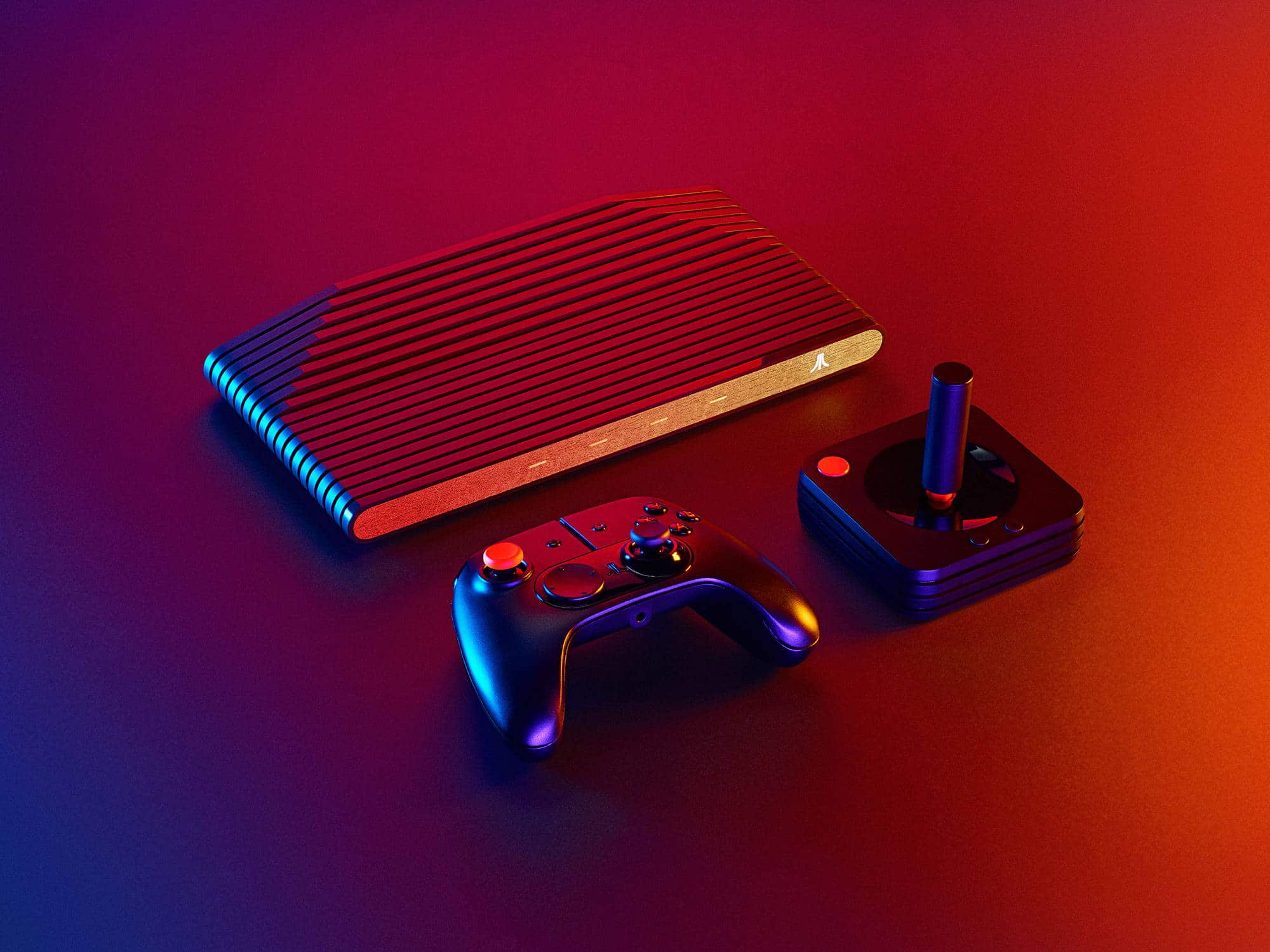
Personally, I dislike this aspect of the VCS. For all the positives of having the console be fully open to customisation, it’s not sporting super high PC specs and is unlikely to do more than whatever home computer you are already using. This isn’t 1985, and having a computer in your home isn’t new or unusual in any way—in fact, the opposite is true. Do I want my games console doubling up as a cheery Windows machine with the TV as a slightly distant, lower quality monitor than I have at my desk? Not really—and I’m never going to consider a VCS as my main office machine even if there is a photo on Atari’s site indicating that exact thing!
It does open up the idea that the VCS has more access to games than it otherwise would—the world is flooded with games that a standard PC can play, especially if you are the kind of person interested in the retro market.
But then, my laptop can do that, too.
The problem here is one I have felt all along: the VCS doesn’t quite know what it wants to be. Is it a console that harks back to a golden time or is it just a cheap PC in a cute box?
Success of the ST
The ST definitely had its fans, especially in Europe. Though some dismissed it as a very cheap Macintosh-wannabe and more still wrote it off as a cheaper Amiga-wannabe, there was still a reasonable amount of love for the machine. It spawned a number of improvements; the STE series, then the TT, and finally the Falcon. None sold better than the original.
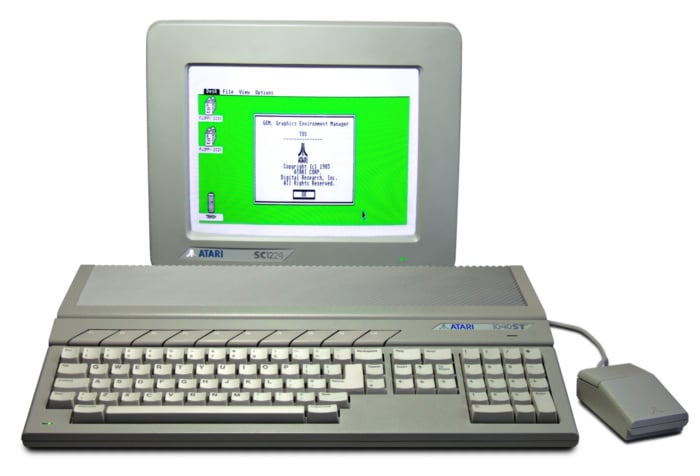
Some notable moments include the original Dungeon Master RPG game, developed primarily for the ST and then ported to other systems (such as the Amiga); albums that used the ST in their production, such as Madonna’s Ray of Light, Fleetwood Mac’s Tango in the Night, and Tangerine Dream’s Optical Race; plus a whole host of magazines that were put together using the ST’s desktop-publishing software packages. The ST definitely made its mark.
But weren’t Atari the console company? What happened with that?
Enter the XEGS
The Atari XE Video Game System is the Atari console you’ve probably never heard of. Rather than building on the ST technology, this device from 1987 is actually a redesigned Atari 65XE computer, just with the computery-looking bits taken away and a console-looking outer shell to replace them. It was made to look modern, but definitely Atari, with a grey version of the iconic CX40 joystick to go alongside the light-gun (yup!).
Taking advantage of the fact that a lot of the public (certainly in the 1980s) wasn’t fully understanding of computer technology, and a lot of them were actually scared of it, the XEGS took some pretty out-of-date tech and merged it with a friendly housing to sell reasonably well. Every unit produced for its launch sold by the end of 1987 and it continued to find its way to shelves in North America until 1992.
This was Atari’s answer to the original Nintendo Entertainment System (now confidently wearing the console crown) and Sega’s Master System.
There are, however, only thirty-two XEGS games ever made, many of which were ports of older 8-bit games, and none of which were groundbreaking at the time. Donkey Kong, Choplifter and Crystal Castles are all fine games, but by 1988 they were definitely showing their age.
Why didn’t they just make a console-based of the ST technology?
The Atari Panther
Thirty-two bits of computing power was big news in 1988 and the Atari Panther was to offer that. To be fair, the specifications for the machine that would have been competing with the SNES and Sega Megadrive/Genesis are good. The premium game developers of the time were onboard and ports of some of the better ST-era games were already developed when the machine was pulled.
To be fair, no one really even knew that the Panther development was halted because no one knew about it in the first place.
It never came to market, perhaps because Atari realised that they weren’t going to be able to take significant market share from either Nintendo or Sony or perhaps for some internal business reason that will forever remain unknown.
It wasn’t all wasted though; the concept and case design for the Panther, as well as a take on its name, would make it to shops a couple of years later as the Jaguar.
64-Bits of Super Console Power
Sixty-four bits was a lie. The Jaguar used a 64-bit bus (the bit that transfers data from one place to another), but the rest of it was older 32-bit or even 16-bit technology and two 32-bit coprocessors do not make a 64-bit processor, no matter what Atari want to tell us. Still, big numbers sell, right?
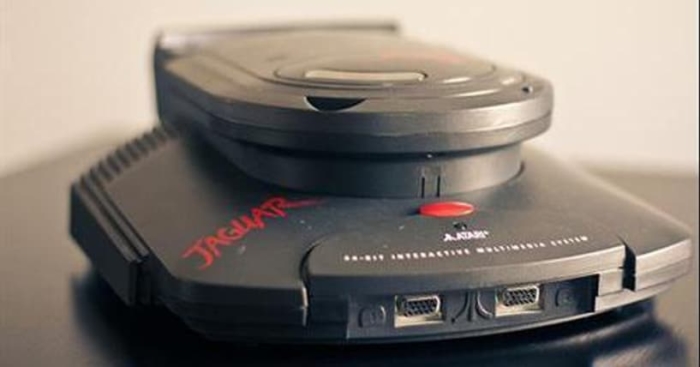
The Jaguar was difficult to develop for, with a lack of development tools, which caused a looping effect where game studios were unwilling to dedicate the time needed to create games for the system when the user base was low, and more people weren’t buying the Jaguar due to its lack of games. In total, only 50 games were released for it during its lifetime.
Though it was the most powerful console of its day, trouble loomed over the Jaguar as other new consoles approached. First was the Sega Saturn, developed to replace the Megadrive, and then came a new player to the game: Sony released the PlayStation.
Would Atari have been more successful with the Jaguar without the intervention of Sony? Maybe. Certainly, it had some good games with the likes of Alien vs. Predator coming very close to a must-have title like the bygone days of Space Invaders, but even AvP wasn’t quite enough to save it.
The Jaguar died, and Atari was done with consoles for good.
Wait! Wait! We’re Missing Something!
What about the Lynx?
Jump back a few years to 1987. A couple of ex-Amiga designers started to make a handheld gaming system for Epyx, a software company looking to move into other areas. The Epyx Handy Game, as it was known, used Amigas to write the software and offered an Amiga-like experience in a handheld form. It was to be the world’s first colour handheld gaming system.
Atari bought the rights to production and marketing when Epyx started to struggle financially and when Epyx filed for bankruptcy at the end of 1989, Atari ended up owning the Handy Game entirely.
By this time, it had been renamed the Lynx and looked very much like an Atari product. Forget that to code a game for it, it was necessary to buy an Amiga(!), to the public, the Lynx was another Atari console system and with its full-colour screen (tiny by today’s standards) it turned heads.
But too few heads, sadly.
A Lynx II followed, with a redesign of the console’s look, but despite their best efforts, Atari couldn’t compete with Nintendo and Sega yet again. The Gameboy dominated the market by a large margin, and where it fell short, Sega’s name and exclusive titles were enough to make their Game Gear pick up the slack. The Lynx continued to struggle until its bigger brother, the Jaguar, finally accepted defeat at the hands of the Playstation and the Saturn. The plug was pulled.
Tramiels Bow Out
Jack Tramiel had long before given the reigns of Atari over to his son, Sam, and, with some health problems, it was time for Sam to hand in the towel, too. Atari changed hands once more, merging in 1996 with JTS Inc, a reverse merger that resulted in the dismissal or resignation of almost all Atari staff.
Two years later, in March 1998, JTS sold the Atari name to Hasbro Interactive.
Hasbro Interactive was sold in 2001 to Infogrames Entertainment SA.
Finally, in 2003 Infogrames renamed itself as Atari SA, and has used the brand name for software development ever since.
Until now. Until the VCS.
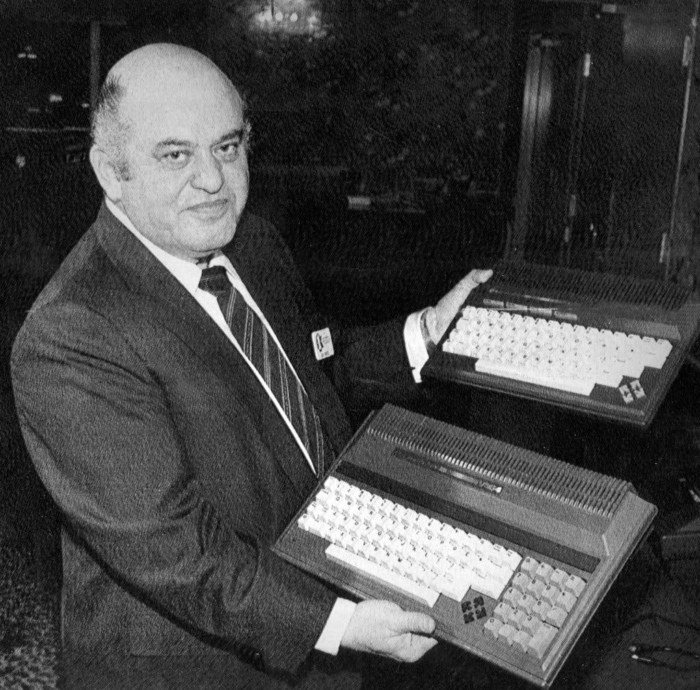
Next Time…
A gap of more than two decades? The Atari name on a console that looks like a box from 1977 but performs more like a low-end PC? A company that’s changed hands so many times that it’s not really even Atari anymore?
What are we even looking at..?

